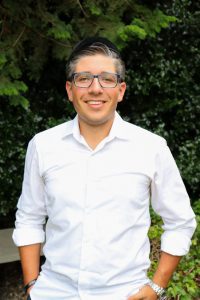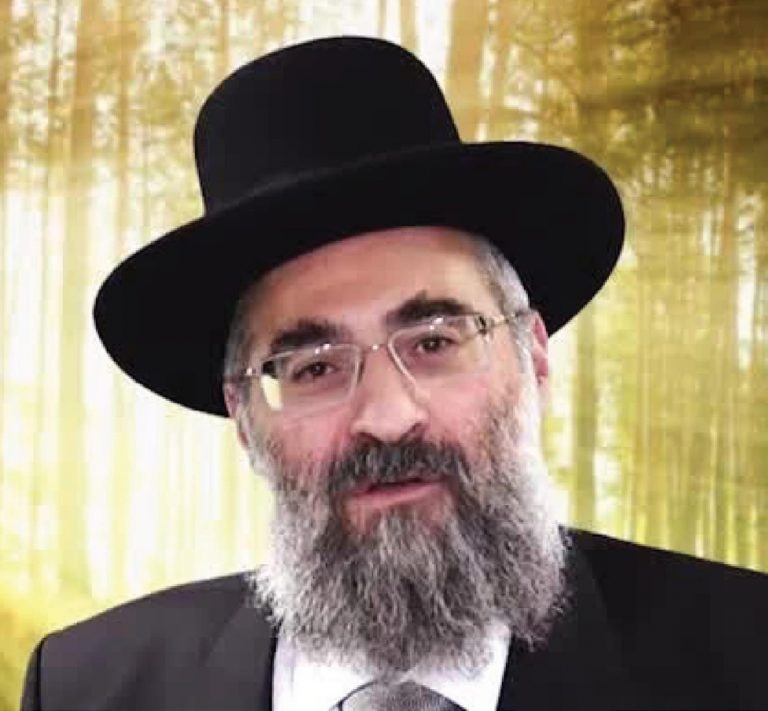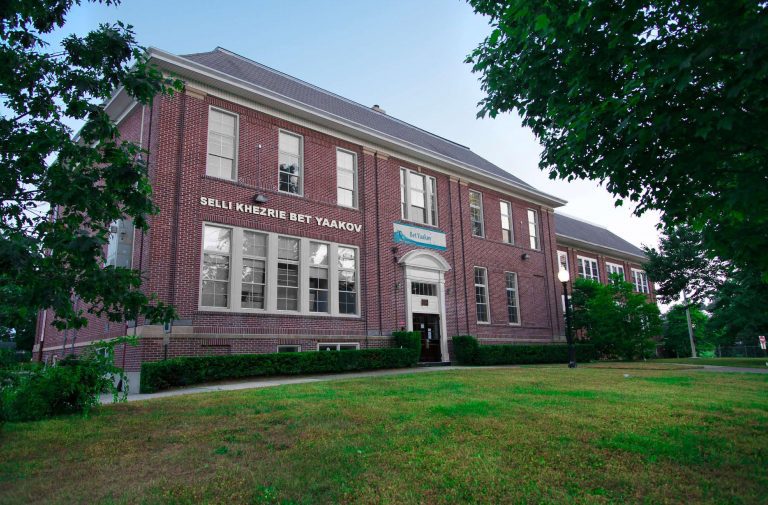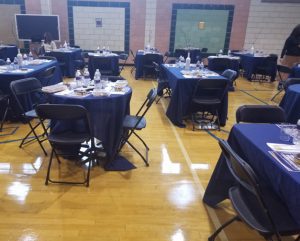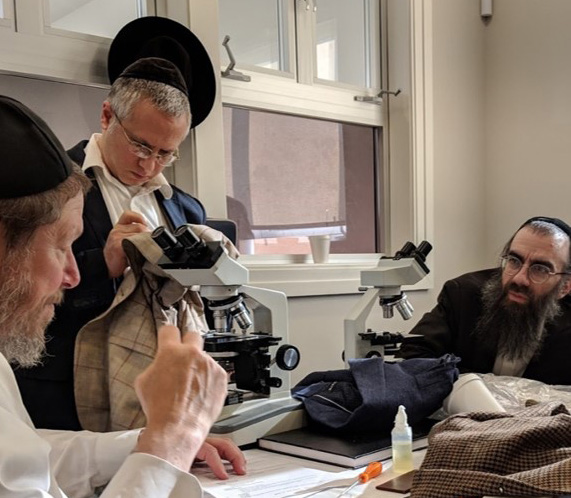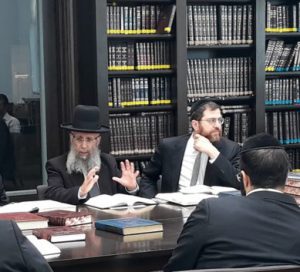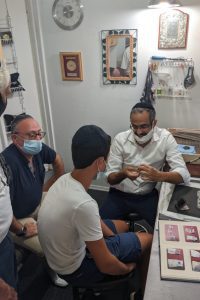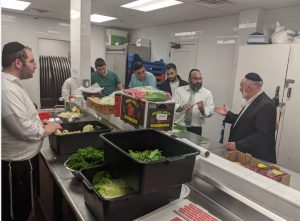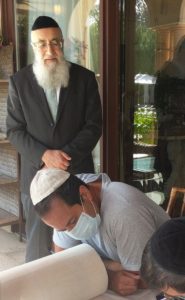Last month’s cover story “Is the Land of Israel on Your Mind?” was about a very timely topic. Sadly, homeland and nationhood have been so thoroughly blotted from Jewish consciousness for so long that many Jews don’t even realize dispersion in exile is a very undesirable state of affairs from Judaism’s perspective. The second paragraph of Shema makes it clear that ideally we are meant to be in Israel. We also have an explicit prayer for it in the daily Amidah: the in-gathering of the exiles. It doesn’t get much more obvious than that.
And that is a goal in its own right from Judaism’s perspective (even without the Mashiah and the Bet Hamikdash – we have other prayers in the Amidah for those – and those are additional critical goals).
Our sources also clearly indicate that a Jew’s “natural habitat” for spiritual development is immeasurably improved in Israel (even if we’re subjugated there, and how much more so if we’re not).
Ezra brought a fraction of the Jews back to Israel from Babylonia to build the second Bet Hamikdash. Various Talmudic figures bemoan how so many simply ignored the call to return even though they ostensibly did not dispute Ezra’s authority as the prophet and decision maker for the nation. This is an old problem of ours. Gd has been waiting for us to rectify it (among others).
Natan D.
ESCAPE FROM BROOKLYN

While it was interesting to read the article regarding how fellow community members are leaving Brooklyn and moving to Deal (Exodus 5781, Escape from Brooklyn), I strongly believe Brooklyn has so much more to offer. One of the biggest perks of living in Brooklyn is seeing people walking on the street, having six Sephardic shuls within a few block radius, the local shopping on Kings Highway and Ave. P, and most important – being right near your family. Furthermore, Brooklyn boasts the Sephardic Community Center, Ahi Ezer, Shaare Zion, and 200 kosher restaurants within a mile of where you live!
Raquel H.
————————————
Ithinktheprimaryreasonwhy people are fleeing Brooklyn and other cities in New York is due to fear – and I don’t mean the fear of COVID-19. The exodus is occurring because the cities have become UNSAFE by way of negligence from their radical liberal-progressive mayors. Mayors Giuliani and Bloomberg invested many, many years of hard work to make New York one of the safest large cities in the world. Mayor de Blasio has been able to undo that in just his very short time in office. It’s absolutely heartbreaking to see what’s happened to the city.
Joey L.
YELLING

Thanks for printing the article about the negative impact of yelling at our children (“Yelling Is a Choice”). Mr. Setton’s helpful tips were very informative. I would like to share another tip with your readers. When you get angry, it is probably a good indicator that you need a little break. Go to the bathroom, or step outside for breath of fresh air, or just sit down and have a cupoftea.Teachyourkidsthis strategy, “I find myself getting angry, I think it means I need a break. I need a couple of minutes of quiet right now.”
Meryl N.
DEAR COMMUNITY,
Thank you for the beautiful article that you published in theJune2020issue,”Infectious Joy – Remembering Rabbi Chaim Dahan, a”h”. The family of Rabbi Chaim Dahan, zt’’l, is compiling stories, pictures, and video footage for the 11th month and 1st Yahrtzeit of my husband, coming up February 17th. If anyone has materials to share, please email: rabbichaimdahanmemories@ gmail.com. Thank you and Tizku l’misvot.
Mrs. Rivkah Dahan




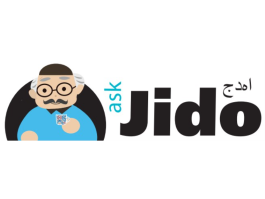
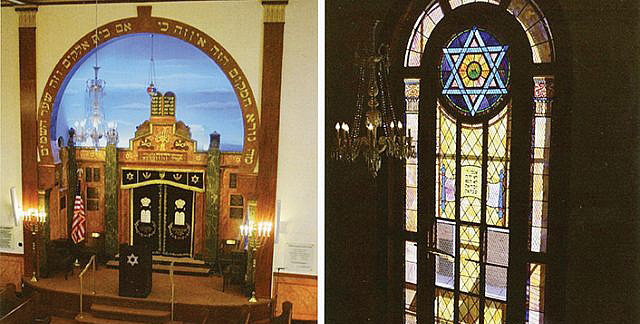
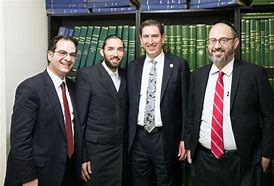

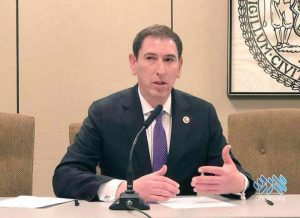

 Digital Tape Measure
Digital Tape Measure ep moving even while you’re busy at home or at work. This under-desk elliptical lets you pedal as you type, take calls, and whatever other work you need to do while seated. Its ergonomic design was made for office environments, so it’s low profile and relatively lightweight.
ep moving even while you’re busy at home or at work. This under-desk elliptical lets you pedal as you type, take calls, and whatever other work you need to do while seated. Its ergonomic design was made for office environments, so it’s low profile and relatively lightweight. Kids’ Educational DIY Computer Kit
Kids’ Educational DIY Computer Kit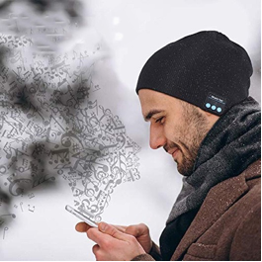 Wireless Headphone Hat
Wireless Headphone Hat
 Smart Picture Frame
Smart Picture Frame
